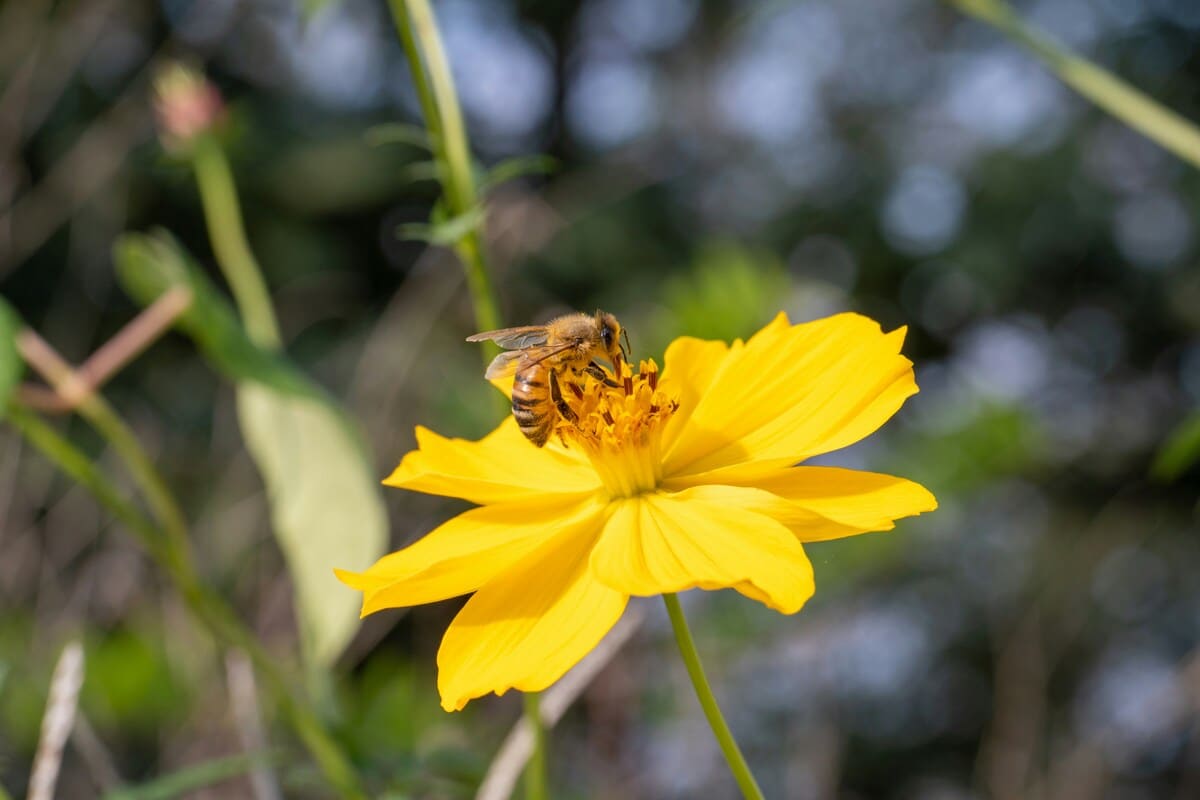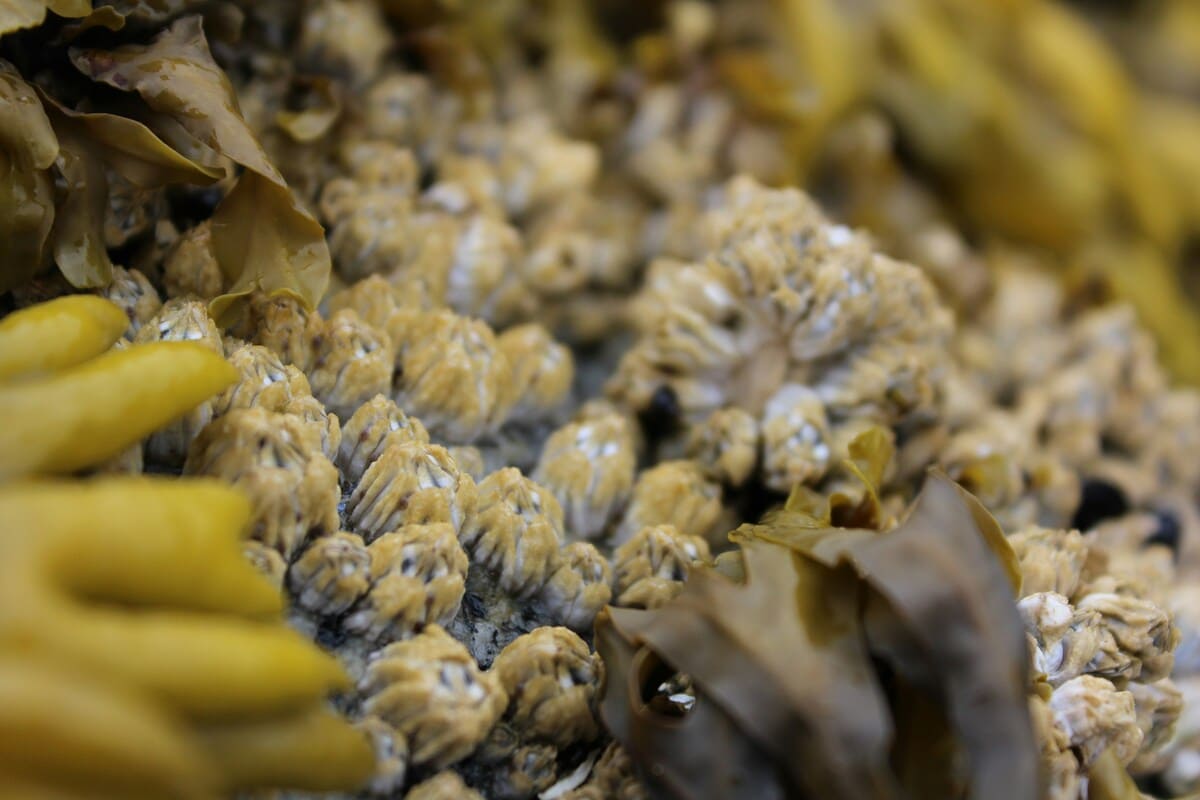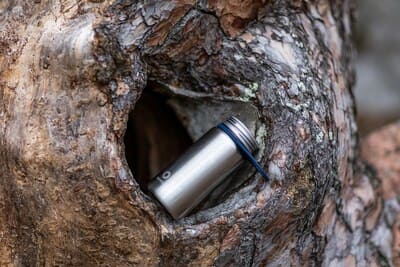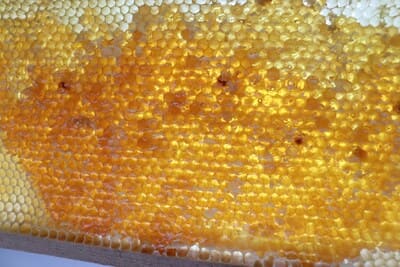Bees are nature's most efficient pollinators, responsible for one out of every three bites of food we consume. These remarkable insects have developed complex social structures and navigation systems over 130 million years of evolution, making them indispensable to global ecosystems.
The average honeybee colony consists of 20,000 to 80,000 individuals, each with specialized roles. Worker bees (all female) perform different tasks throughout their 6-week lifespan, progressing from cleaning cells to foraging for nectar. This intricate division of labor ensures the hive's survival through changing seasons.

A honeybee performing the waggle dance to communicate flower locations to hive mates. The dance's angle indicates direction relative to the sun, while duration signals distance.
The Pollination Powerhouse
Bees pollinate over 170,000 plant species worldwide, including:
- 70% of the world's top 100 food crops
- 90% of wild flowering plants
- Key cash crops like almonds, apples, and coffee
Their fuzzy bodies electrostatically attract pollen grains, while specialized pollen baskets on their hind legs allow efficient transport. A single bee can visit 5,000 flowers in a day, transferring pollen with remarkable precision.
The economic value of bee pollination exceeds $200 billion globally. In California's almond orchards alone, nearly 2 million hives are trucked in annually to pollinate 1.3 million acres of trees - the largest managed pollination event on Earth.
Colony Collapse: A Modern Crisis
Since 2006, beekeepers have reported annual losses of 30-50% of their hives, a phenomenon termed Colony Collapse Disorder (CCD). Primary causes include:
- Pesticides: Neonicotinoids disrupt bee navigation and immune systems
- Habitat loss: Urbanization eliminates wildflower corridors
- Parasites: Varroa mites weaken hives by feeding on bee larvae
- Climate change: Shifting bloom times disrupt pollination cycles

A Varroa destructor mite attached to a honeybee - these parasites can decimate entire colonies if untreated.
How You Can Help
Creating bee-friendly spaces is surprisingly simple:
- Plant native flowers in clusters (bees prefer large patches)
- Provide a shallow water source with landing stones
- Avoid chemical pesticides, especially during daylight hours
- Leave some bare ground for ground-nesting bee species
Research shows urban gardens can support higher bee diversity than rural areas when properly designed. Even window boxes with lavender or rosemary provide valuable foraging opportunities.
The Future of Bee Conservation
Innovative solutions are emerging worldwide:
AI hive monitoring: Sensors track hive health in real-time
Robotic pollinators: Experimental drones for greenhouse use
Bee highways: Urban corridors linking green spaces
"The critical role of bees in our food systems cannot be overstated. Protecting them isn't just about saving insects - it's about preserving the very foundation of our agricultural ecosystems." - Dr. Marla Spivak, University of Minnesota
As climate change accelerates, understanding and protecting bee populations becomes increasingly urgent. Their survival is inextricably linked to our own.






